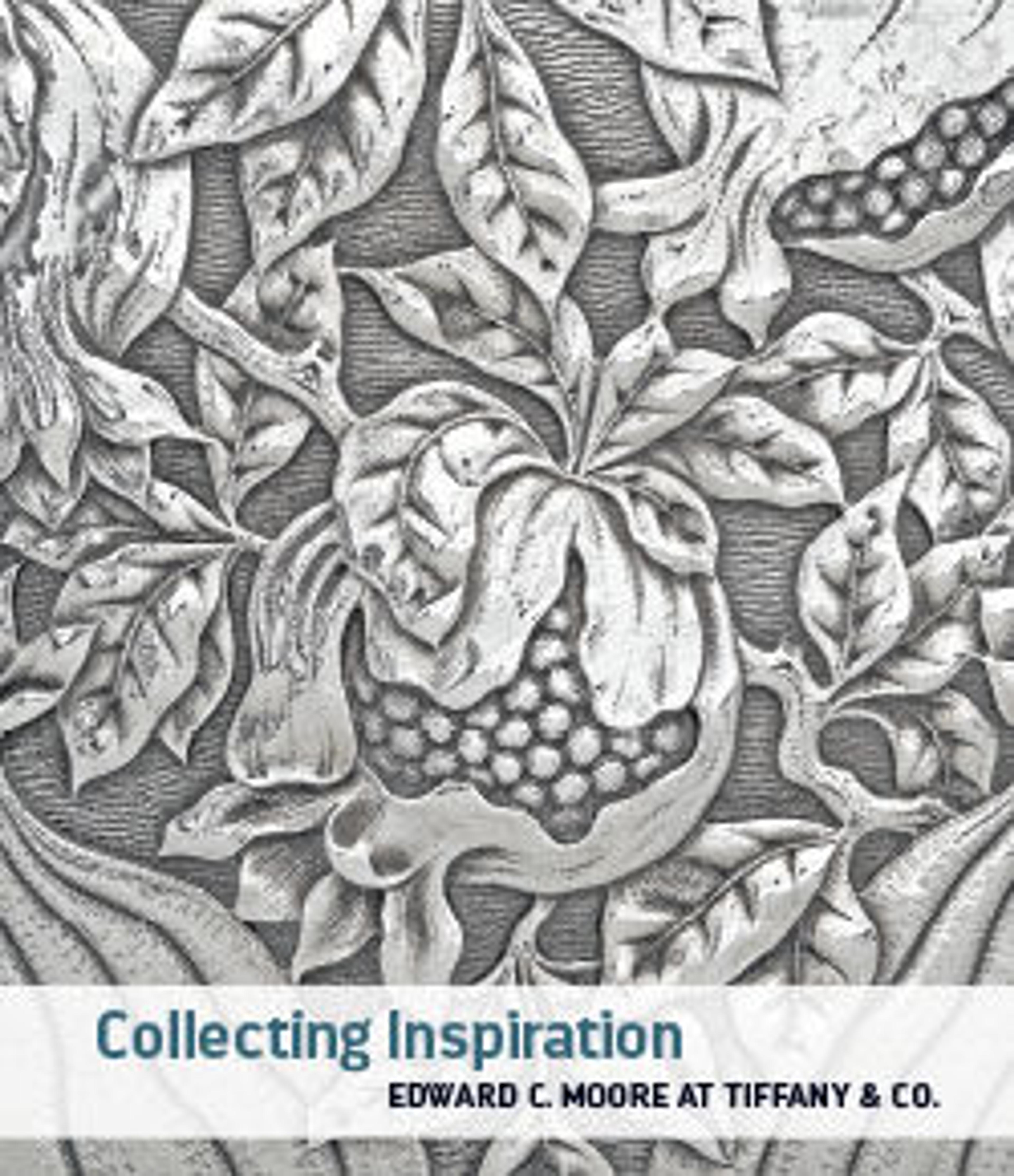Mortar and Pestle made for Abu Bakr 'Ali Malikzad al-Tabrizi
Two of the medallions on this mortar show Jauzahr, the fictitious eighth planet believed responsible for the eclipse of the sun and the moon. Although described in texts as a dragon monster, Jauzahr is depicted here as a seated figure flanked by snakes with dragon heads.
Artwork Details
- Title: Mortar and Pestle made for Abu Bakr 'Ali Malikzad al-Tabrizi
- Date: late 12th–early 13th century
- Geography: Attributed to Iran
- Medium: Bronze; inlaid with silver and black compound
- Dimensions: Mortar: 91.1.527a
H. 4 1/2 in. (11.4 cm)
Diam. 5 3/4 in. (14.6 cm)
Pestle: 91.1.527b
H. 10 1/2 in. (26.7 cm)
Diam. 2 3/8 in. (6 cm) - Classification: Metal
- Credit Line: Edward C. Moore Collection, Bequest of Edward C. Moore, 1891
- Object Number: 91.1.527a, b
- Curatorial Department: Islamic Art
More Artwork
Research Resources
The Met provides unparalleled resources for research and welcomes an international community of students and scholars. The Met's Open Access API is where creators and researchers can connect to the The Met collection. Open Access data and public domain images are available for unrestricted commercial and noncommercial use without permission or fee.
To request images under copyright and other restrictions, please use this Image Request form.
Feedback
We continue to research and examine historical and cultural context for objects in The Met collection. If you have comments or questions about this object record, please contact us using the form below. The Museum looks forward to receiving your comments.
